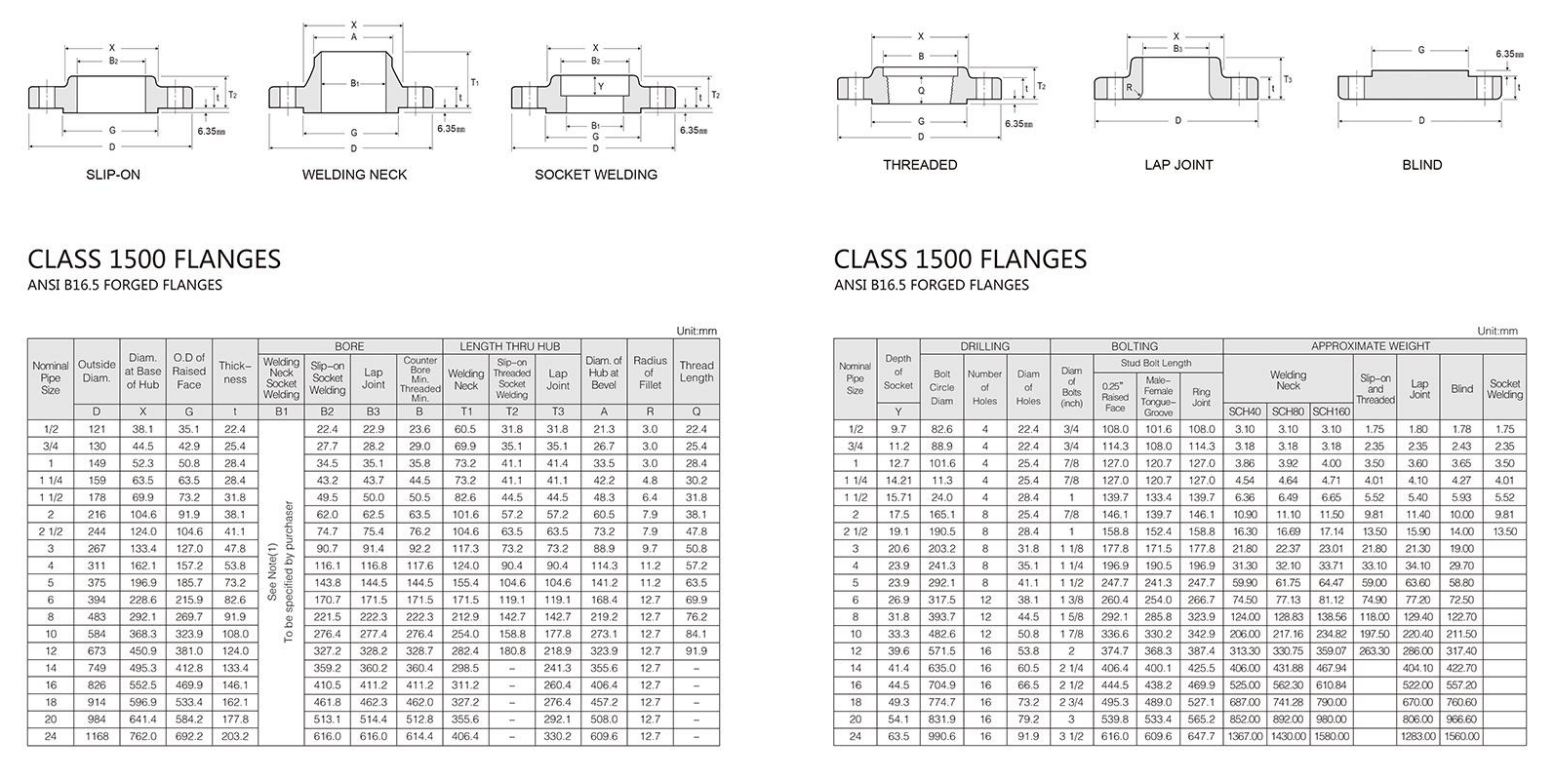-
Cangzhou Yulong Steel Co., Ltd.
-
Phone:
+86 13303177267 -
Email:
admin@ylsteelfittings.com
- English
- Arabic
- Italian
- Spanish
- Portuguese
- German
- kazakh
- Persian
- Greek
- French
- Russian
- Polish
- Thai
- Indonesian
- Vietnamese
- Zulu
- Korean
- Uzbek
- Hindi
- Serbian
- Malay
- Ukrainian
- Gujarati
- Haitian Creole
- hausa
- hawaiian
- Hebrew
- Miao
- Hungarian
- Icelandic
- igbo
- irish
- Japanese
- Javanese
- Kannada
- Khmer
- Rwandese
- Afrikaans
- Albanian
- Amharic
- Armenian
- Azerbaijani
- Basque
- Belarusian
- Bengali
- Bosnian
- Bulgarian
- Catalan
- Cebuano
- China
- China (Taiwan)
- Corsican
- Croatian
- Czech
- Danish
- Esperanto
- Estonian
- Finnish
- Frisian
- Galician
- Georgian
- Kurdish
- Kyrgyz
- Lao
- Latin
- Latvian
- Lithuanian
- Luxembourgish
- Macedonian
- Malgashi
- Malayalam
- Maltese
- Maori
- Marathi
- Mongolian
- Myanmar
- Nepali
- Norwegian
- Norwegian
- Occitan
- Pashto
- Dutch
- Punjabi
- Romanian
- Samoan
- Scottish Gaelic
- Sesotho
- Shona
- Sindhi
- Sinhala
- Slovak
- Slovenian
- Somali
- Sundanese
- Swahili
- Swedish
- Tagalog
- Tajik
- Tamil
- Tatar
- Telugu
- Turkish
- Turkmen
- Urdu
- Uighur
- Welsh
- Bantu
- Yiddish
- Yoruba

Dec . 13, 2024 14:34 Back to list
Understanding the Fundamentals of Tube Butt Welding Techniques and Applications
Understanding Tube Butt Welds A Comprehensive Guide
Welding serves as one of the fundamental processes in metal fabrication and engineering. Among the various welding techniques available, the tube butt weld stands out due to its efficiency and ability to create strong, leak-proof joints. This article delves into the intricacies of tube butt welding, its applications, and its advantages.
What is Tube Butt Welding?
Tube butt welding is a process where two pieces of tubular materials are joined end-to-end. The objective is to create a continuous flow path, often necessary in fluid transportation systems. This method is particularly prevalent in industries such as oil and gas, chemicals, and water supply, where the integrity of the joints is crucial for operational safety and efficiency.
The Process of Tube Butt Welding
The tube butt welding process begins with the preparation of the tube ends. These ends must be properly aligned and cleaned to remove any contaminants that could compromise the weld quality. The most common methods of joining the tubes include
1. Tack Welding Small temporary welds hold the pipes in position. 2. Main Welding This can be performed using various techniques, including
- MIG (Metal Inert Gas) Welding Uses a continuous wire feed as an electrode and an inert gas to protect the weld area from contamination. - TIG (Tungsten Inert Gas) Welding Utilizes a non-consumable tungsten electrode to produce the weld and requires a filler material. - Submerged Arc Welding (SAW) Often used for larger pipes, it involves a continuously fed electrode and generates minimal fumes and spatter.
Each method has its advantages and is chosen based on the specific requirements of the project, including the materials involved, the thickness of the pipes, and the desired strength of the joint.
Applications of Tube Butt Welding
tube butt weld

The applications of tube butt welding are vast. Industries that rely heavily on this technique include
- Oil and Gas For pipelines transporting crude oil and natural gas, where leak-proof joints are imperative. - Manufacturing In producing structural components, frames, and supports made of tubular materials. - Chemicals Where corrosive substances are transported through steel or plastic tubing, requiring durable joints. - Water Supply In municipal water systems, ensuring that joints can withstand pressure without leaking.
Advantages of Tube Butt Welding
1. Strength Butt welding creates strong joints that are often stronger than the material itself, which is essential for high-pressure applications.
2. Seamless Flow The design facilitates a continuous flow of materials, minimizing resistance and turbulence, which is crucial in fluid transport systems.
3. Versatility This technique can be applied to various materials, including stainless steel, carbon steel, and even certain plastics, making it suitable for diverse applications.
4. Reduced Risk of Leaks Properly executed butt welds significantly reduce the risk of leaks, a critical factor in safety for industries such as oil and gas.
5. Cost-Effectiveness While the initial setup may require investment in equipment and skilled labor, the long-term benefits of durability and reduced maintenance costs make tube butt welding an economically viable option.
Conclusion
Tube butt welding is a vital process in many industries where the strength and integrity of joints are paramount. Understanding the techniques, applications, and advantages of this welding method enables companies to make informed decisions that enhance their operations. Whether it’s transporting oil through miles of pipeline or assembling complex structures, tube butt welding remains a reliable and effective solution for joining tubular materials. As industries continue to evolve, the demand for such strong, durable connections will undoubtedly persist, solidifying the role of tube butt welding in modern engineering and fabrication.
Latest news
-
ANSI 150P SS304 SO FLANGE
NewsFeb.14,2025
-
ASTM A333GR6 STEEL PIPE
NewsJan.20,2025
-
ANSI B16.5 WELDING NECK FLANGE
NewsJan.15,2026
-
ANSI B16.5 SLIP-ON FLANGE
NewsApr.19,2024
-
SABS 1123 FLANGE
NewsJan.15,2025
-
DIN86044 PLATE FLANGE
NewsApr.19,2024
-
DIN2527 BLIND FLANGE
NewsApr.12,2024
-
JIS B2311 Butt-Welding Fittings LR/SR 45°/90° /180°Seamless/Weld
NewsApr.23,2024











